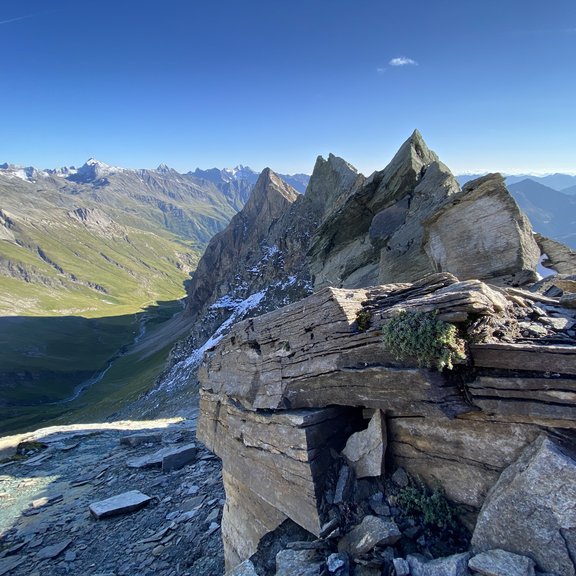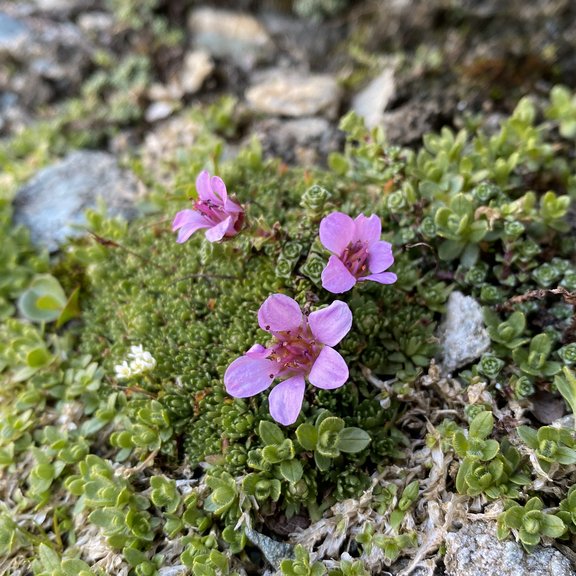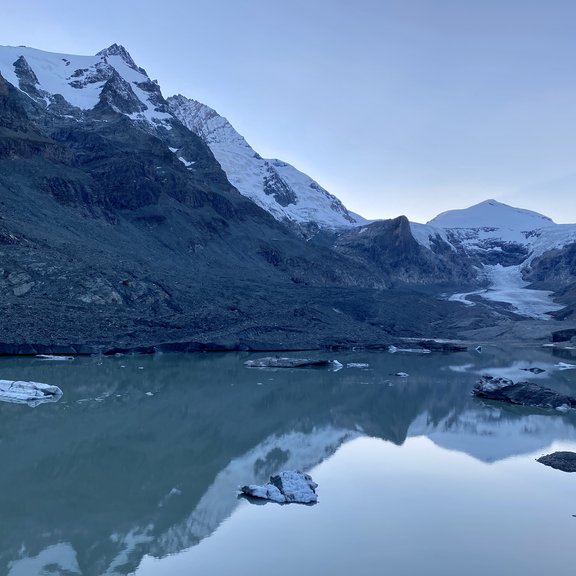Project
Evolutionary processes in the colonization of glacier foreland
Project leader: Pau Carnicero Campmany
Project members: Laura Bonet, Peter Schönswetter
Funding: Glockner-Öko-Fonds
Duration: 2021-2023 (1st phase)
Glacier forelands provide one of the rare natural examples to test ecological primary succession. Fundamental questions like how are biological communities funded, where do the first colonizers come from and which microevolutionary processes/mechanisms are involved, have evasive answers and depend on either rare catastrophic events or experimental approaches, often with difficult translation to natural systems. Glacier forelands are very dynamic systems, which due to the retreat of glaciers provide year after year new areas to be colonized. The plant species present in the early stages of the succession are often plants with an optimum at higher elevations, which can reach much lower elevations in the glacier forelands due to their particular microclimatic and ecological conditions. What is the relation between these two types of habitats? Do they act as isolated compartments or there is a rather strong gene flow between them? Are all high alpine genotypes equally able to succeed in the glacier forelands or are there certain genes selected in the process?
Here we aim at tackling these questions using the arctic-alpine model species Saxifraga oppositifolia. This species is one of the first vascular plants to colonize glacier forelands, is one of the species growing at a higher elevation in the Alps (Dom at 4,505 m) and is widely spread in the Arctic and Alpine regions. In a preliminary of our investigations, we focus on a system of three glacier forelands and their four neighbouring alpine crests in the surroundings of Großglockner (3,798 m), in the national Park Hohe Tauern, Austria.

Glacier forelands

Saxifraga oppositifolia, flowering plant

Pasterze, Großglockner
